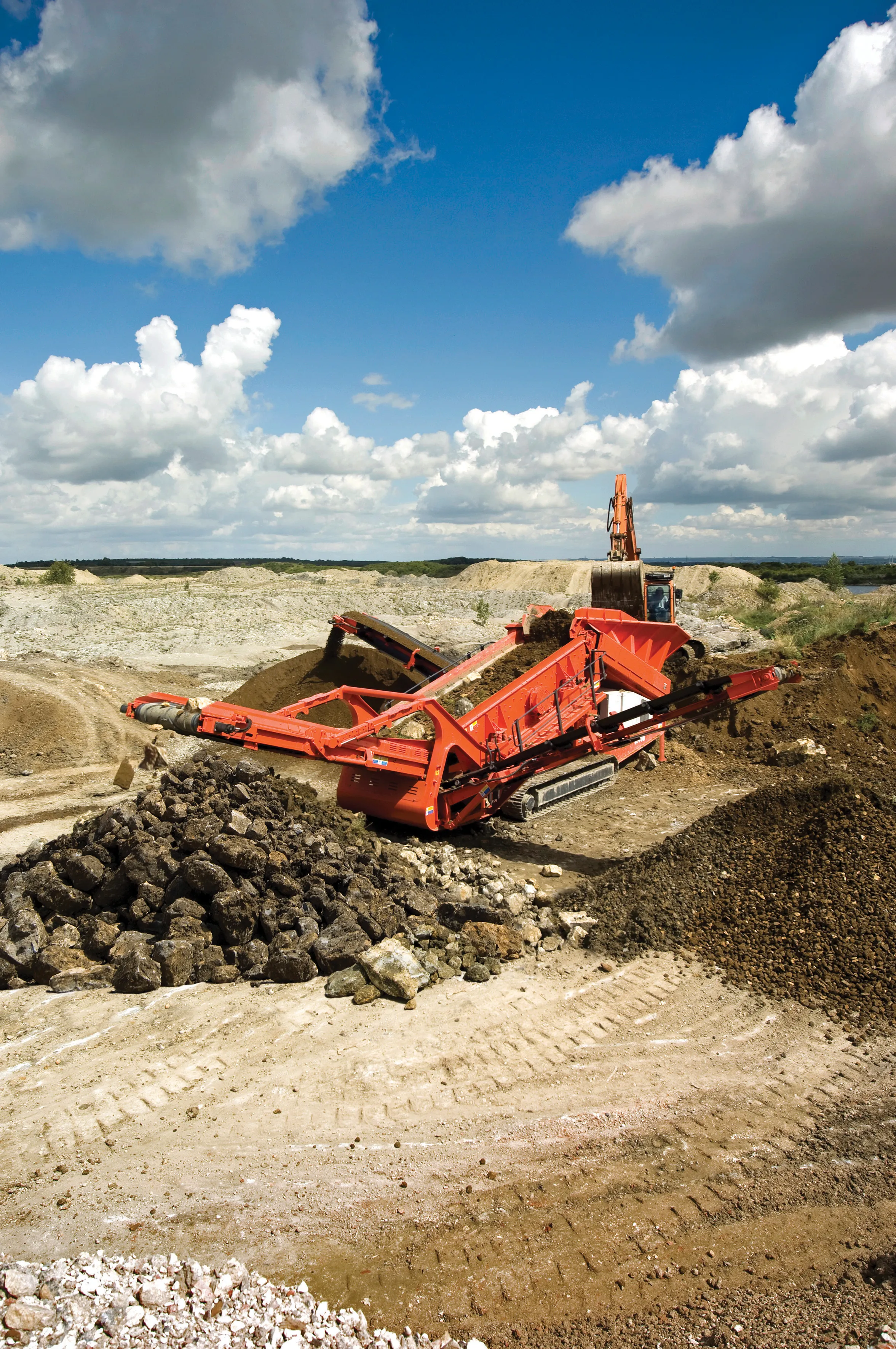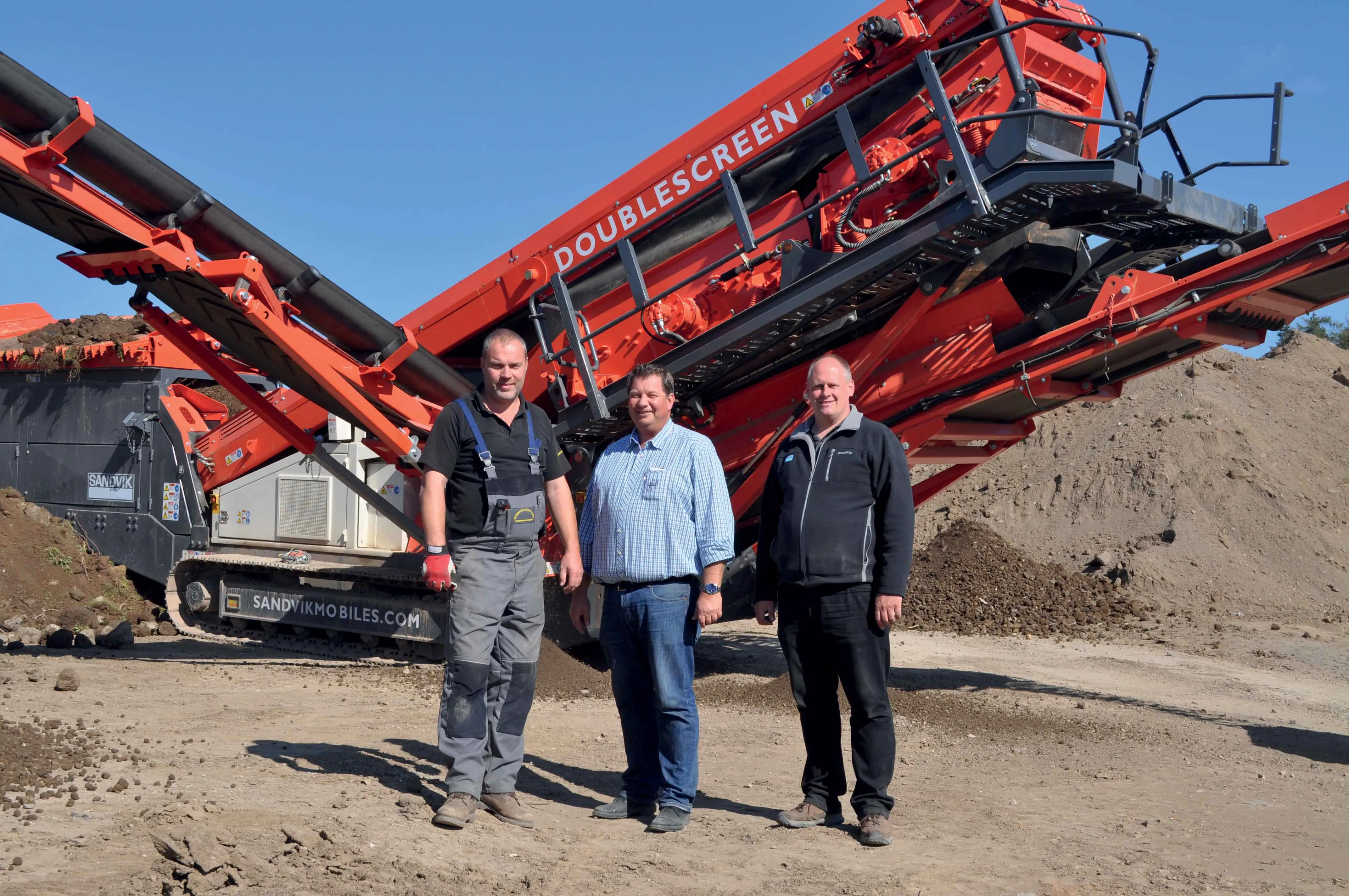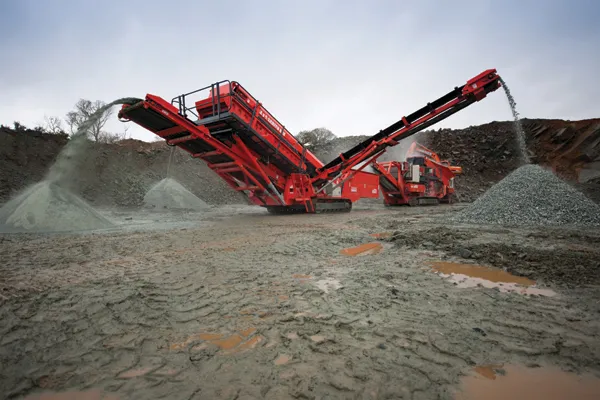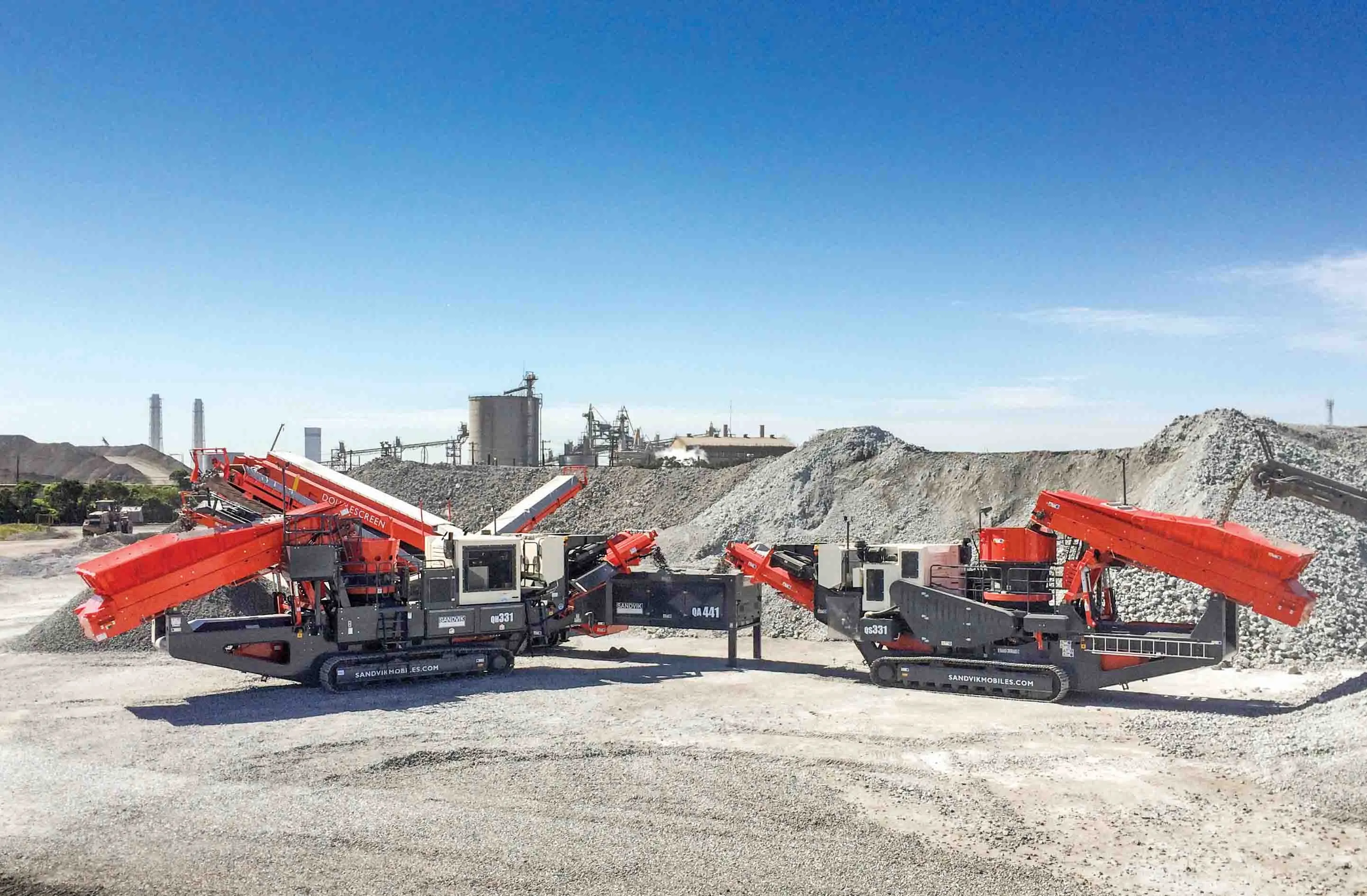A demolition contractor in the UK is broadening its operations with a new recycled aggregates business.
February 6, 2012
Read time: 2 mins
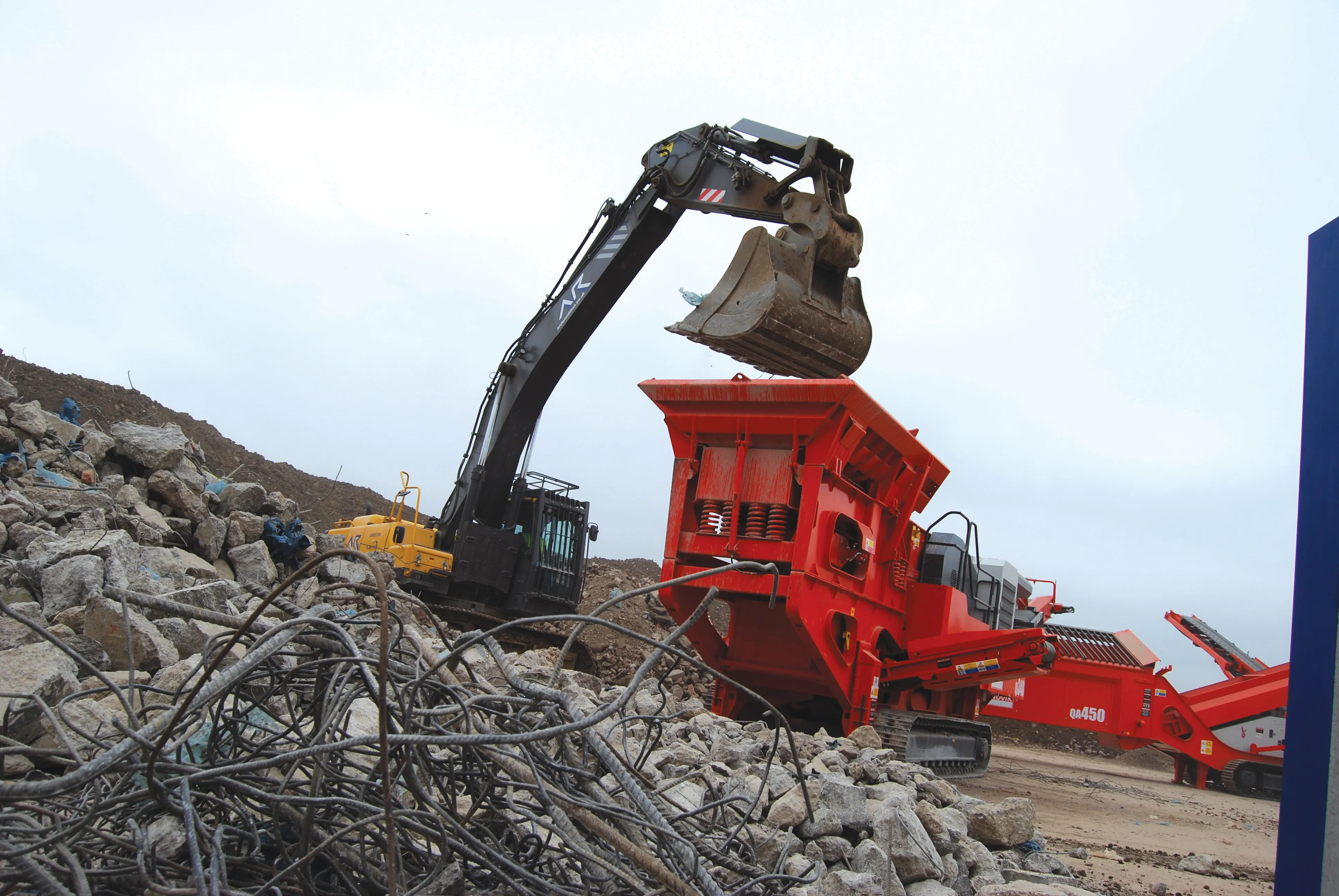
A demolition contractor in the UK is broadening its operations with a new recycled aggregates business. AR Aggregates is a newly-formed division of AR Demolition and bought a new 325 Sandvik track-mounted mobile crusher and a pair of Sandvik track-mounted mobile screens. The equipment package was a QJ340 crusher and QE340 and QA450 screens and this last unit is of particular note as the firm is now the UK's first non-quarry operator of a four-way split QA450 machine.
The new Sandvik crushing and screening equipment in general and the QA450 in particular, were bought so as to maximise product quality. AR Aggregates operates from a 0.6ha area beside the AE Burgess scrap and waste processing facility and where AR Demolition has been a customer for many years. The newly-equipped processing facility features a new on-site fuel tank; a new2394 Volvo L110 wheel loader with on-board weighing and a Volvo 210B excavator from the company's demolition fleet.
The QJ340 was selected as its hydrostatic drive means that it can operate in reverse, ideal for applications where asphalt may be present and the firm had experience of this unit, having rented earlier models for specific jobs in the past. Following trials, demonstrations and factory visits, the firm also chose the Sandvik QE340 and QA450 screens.
The Sandvik QE340 features a large 4.7m x 1.5m screen box for optimum productivity in a wide variety of materials. The QA450 has a pair of 3.05m x 1.52m screen boxes that are individually driven and actuated to allow greater control over the output material. The range of products includes a 6F2 <75mm grade; a <40mm Type 1 equivalent; a 75-40mm clean product that is ideal for applications including piling mats; 20 and 10 clean fractions; and a 0-5mm dust that is proving popular with local authorities requiring pipe bedding material. AR Aggregates is also drawing skip and demolition waste material from a 40km and is gradually ramping up production, with an estimated maximum output of 1,000tonnes/day of a 6F2 product, although its focus is on quality rather than quantity.
The new Sandvik crushing and screening equipment in general and the QA450 in particular, were bought so as to maximise product quality. AR Aggregates operates from a 0.6ha area beside the AE Burgess scrap and waste processing facility and where AR Demolition has been a customer for many years. The newly-equipped processing facility features a new on-site fuel tank; a new
The QJ340 was selected as its hydrostatic drive means that it can operate in reverse, ideal for applications where asphalt may be present and the firm had experience of this unit, having rented earlier models for specific jobs in the past. Following trials, demonstrations and factory visits, the firm also chose the Sandvik QE340 and QA450 screens.
The Sandvik QE340 features a large 4.7m x 1.5m screen box for optimum productivity in a wide variety of materials. The QA450 has a pair of 3.05m x 1.52m screen boxes that are individually driven and actuated to allow greater control over the output material. The range of products includes a 6F2 <75mm grade; a <40mm Type 1 equivalent; a 75-40mm clean product that is ideal for applications including piling mats; 20 and 10 clean fractions; and a 0-5mm dust that is proving popular with local authorities requiring pipe bedding material. AR Aggregates is also drawing skip and demolition waste material from a 40km and is gradually ramping up production, with an estimated maximum output of 1,000tonnes/day of a 6F2 product, although its focus is on quality rather than quantity.


